New Form of Leadership in Today’s Organization

Leadership styles are evolving – and so are organizations of today. We share an excerpt of the book The Next Generation Company where it's thoroughly discussed about the organization's new wave of workspace.
A new leadership
With the disappearance of systematic hierarchical control, management by trust is essential. For Frédéric Laloux, one swallow does not make a spring. The benevolence of leaders alone is not enough. As long as leaders have not completely overhauled their organization, their entire operating mode, their culture, and the way in which the purpose is implemented, as long as they have not changed the way in which power is distributed, as long as workers continue to come to the office wearing masks, their company will not be fundamentally more human. Eliana Hohl, a consultant for the Swiss consultancy INVEE AG, does not disagree: "We need more leaders and fewer managers."
Abolishing hierarchical levels in favor of more horizontal collaborations implies structuring organizations as networks of interdependent actors, working with peers in the service of the same goal. However, Dwarfs and Giants claims that this horizontality does not imply the absence of leadership in what it calls Next:Land, which includes all self-governing companies. Leadership is also horizontal, a consequence of distributed authority divided into roles, with leadership deployed temporarily and laterally. Unlike traditional power hierarchies, relationships are based on reciprocity; there is no total subordination of individuals. In certain tasks one actor leads another, and in other tasks the relationship can be completely reversed, even simultaneously. Leadership is thus a dynamic practice and not a manifestation of superiority.
👉 GOOD PRACTICE
Adopt a horizontal organization that favors reciprocal relationships, without hierarchy.
Driving the change to surrender and distribute the leadership
According to Yves Morieux, it is up to the company manager to drive change. This impulse cannot be delegated. It must come from the top because change is systemic. In reality, the CEO is the "chief innovator" of the company itself.
🔥 Article pick: 5 Reasons Transformational Leaders Make Great Mentors
The Canadian, Michel Bundock, agrees. The leader must put his words into action. This discussion cannot be mere communication. In Quebec, he explains, "we do not say 'walk the talk,' we say 'les bottines suivent les babines.'” This exercise is particularly demanding for the leader, because once you start giving trust, you can not take it back. We ourselves, by the way, have to earn it first. Any signs of inequality that remain in the organization must be eliminated. Moreover, the right to make mistakes should not be discouraged by leaders, but replaced by the "right to try," because everyone learns by experimenting. It is up to the leader to be the driving force in implementing these changes by showing inspired audacity.
👉 GOOD PRACTICE
It is the company manager who must initiate the change.
👉 GOOD PRACTICE
The right to make mistakes is to be encouraged: it is a learning lever.
Be careful, however, that the implementation of change does not rely solely on the vision of a charismatic leader, warns Martin Richer. In fact, according to the French consultant, liberation processes in the style of Isaac Getz often rely too exclusively on the project of a charismatic leader and struggle to find their sustainability once that initiator is gone. Harley-Davidson's Milwaukee-based teams achieved one of the most spectacular turnarounds in American industry under the leadership of CEO Richard Teerlink, who arrived in 1981. Teerlink recounted the odyssey of that "liberation," which included a 7-to 10-year transformation project, in his 278-page memoir 18. After his departure in 1999, however, the company returned to a much more traditional organization, with a strong return to lean manufacturing and neo-Taylorism.
The manager must therefore initiate the change. He does this in order to definitively stabilize the new governance of the organization that he had been leading until then. It is therefore essential that he gets rid of his attributes and shares them with the rest of the company.
Make sure that change is not based solely on the vision of a charismatic leader.
Anna Zarudzka fully agrees with this view. Co-CEO of Boldare, she founded this Polish software company aimed at transforming their customers through digital tools. Boldare switched to self-governance in 2017, right after merging with another company. Anna Zarudzka currently holds 16 roles on the board, which is signed by the entire company as required by Brian Robertson. In her view, once the leader has initiated the change, the leadership must be distributed across several roles and within a few circles. She has been stripped of three quarters of her roles. She is now exercising other ones. The constitution, which many criticize as too rigid, allows leadership to be distributed among certain well-defined roles (such as links and facilitators). However, there is still room to create others, for example, within regional circles to deconcentrate transformational leadership.
The new methods of governance do not eliminate leadership any more than they eliminate management. The latter determines the strategy without specifying the tasks that must be performed in order for it to be pursued. It is the company that is managed, not the individual. The main difference with traditional organization is that leadership is not embodied by one person, but is distributed, since everyone has authority.
The first necessity is for the holder to give up the leadership. This does not mean that he will no longer possess a part of it, or even that he will have less, but simply that he will assume it differently. In addition, this leadership will come from his real competence, inherited from his experience and produced by his ability to federate around his proposals. The former hierarchical leader must now see himself as a mentor, no longer as a decision maker. He must accompany, suggest, bring out, in other words, use his power to guarantee autonomy and encourage creativity. In concrete terms, where the traditional leader combines different roles (setting strategy, speaking on behalf of the company, setting the agenda for strategic meetings, etc.), Holacracy, in particular, divides up this multifaceted leadership and distributes it among the first links in the circles, each of which is assigned a task: monitoring strategy, speaking out, setting the agenda. In teams newly endowed with more autonomy and responsibility, leadership will be more than ever a sought-after quality, as well as the ability to create dynamics that make the most of individualities and their commitment.
Author of the deliberately provocative book Why Employees Are Always a Bad Idea, Chuck Blakeman runs the Crankset Group, a consulting firm that advises leaders in companies around the world on how to create a stronger corporate culture, transform managers into leaders, and employees into self-directed adult stakeholders, with the goal of achieving long-term growth.
In his view, in a self-governing company, leadership is inherently organic. Thus, it is clear that everyone, without exception, is a leader. Leadership is found in any act that improves the life, condition, or situation of another person in the same organization or community, and each of us can, in principle, assume such a responsibility. Without strong organic leadership, business failure is assured. Indeed, when a company wants to become Teal, the lack of strategic leadership commitment to change becomes the main factor for failure. If the management of a vertical company is not 100% committed to the transition to an organic leadership model, the transformation will be tricky.
🔥 Article pick: How to Get Better at Flatter Designs: Considerations for Shaping and Leading Organizations with Less Hierarchy
Another risk remains. It is linked to the capture of leadership by former managers. The CDO of MAIF, Romain Liberge, highlights this with the organizational experiments that the mutual led by Pascal Demurger is conducting. Today, two different teams, the Agile Starter and another team that deploys management by trust, are working together. At the same time, Romain Liberge is trying to reorganize their operations by grouping them into tribes.
"A tribe has a mission, brings together at least two teams, and is driven by clear business goals - the famous North Star Metric that guides you through the cloud of other more or less interesting KPIs that threaten to throw you off track. It brings its various teams together and enables synchronization. Business practices and individual skill development are managed by guilds, circles of sorts that are closer to the Spotify model. These guilds were initially structured around the design and IT development professions. We want to harmonize and orchestrate the best practices in technology and interfaces, without losing sight of the main goal, which is to empower our players and ensure the quality of the services carried by the tribe. We are talking about self-leadership, specialization, and lean management, where managers in guilds are concerned with learning skills, while managers in tribes are expected to develop while staying focused on the "business."
Nevertheless, Romain Liberge concedes that this is a long and complex process. He notes that "if certain key words such as decentralization, resilience, or horizontality are brandished at every turn, many obstacles, habits, and mentalities persist despite everything. This phenomenon is quite normal," he assures. "Indeed," he points out, "the question that arises is this. We set up nine tribes, on such and such a subject, we have to deliver such and such new products. But how can we govern them in the end? The risk I see in these transformation movements is simple: the sponsor in the old terminology becomes the tribal leader in the new. Thus, we tend to reproduce the old world in the new one, translating roles without having fundamentally reexamined governance and processes." Nevertheless, he remains resolutely positive: "Identifying these risks and finding solutions to control them is ultimately the game of exploration and discovery."
18 Teerlink, Rich and Ozley, Lee, “More than a Motorcycle: the Leadership Journey at Harley-Davidson,” Harvard Business Review Press, 2000.





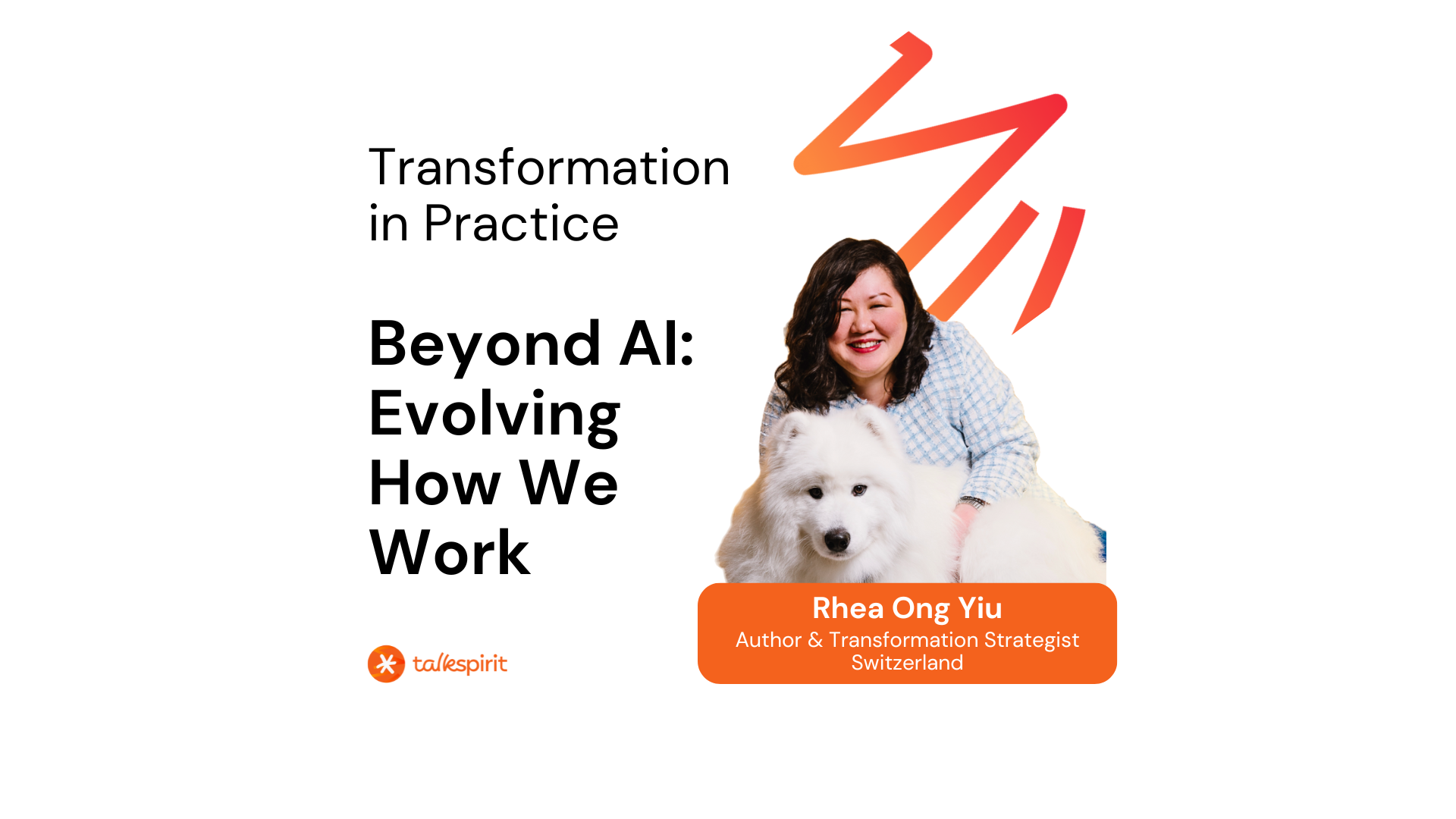
.jpg)


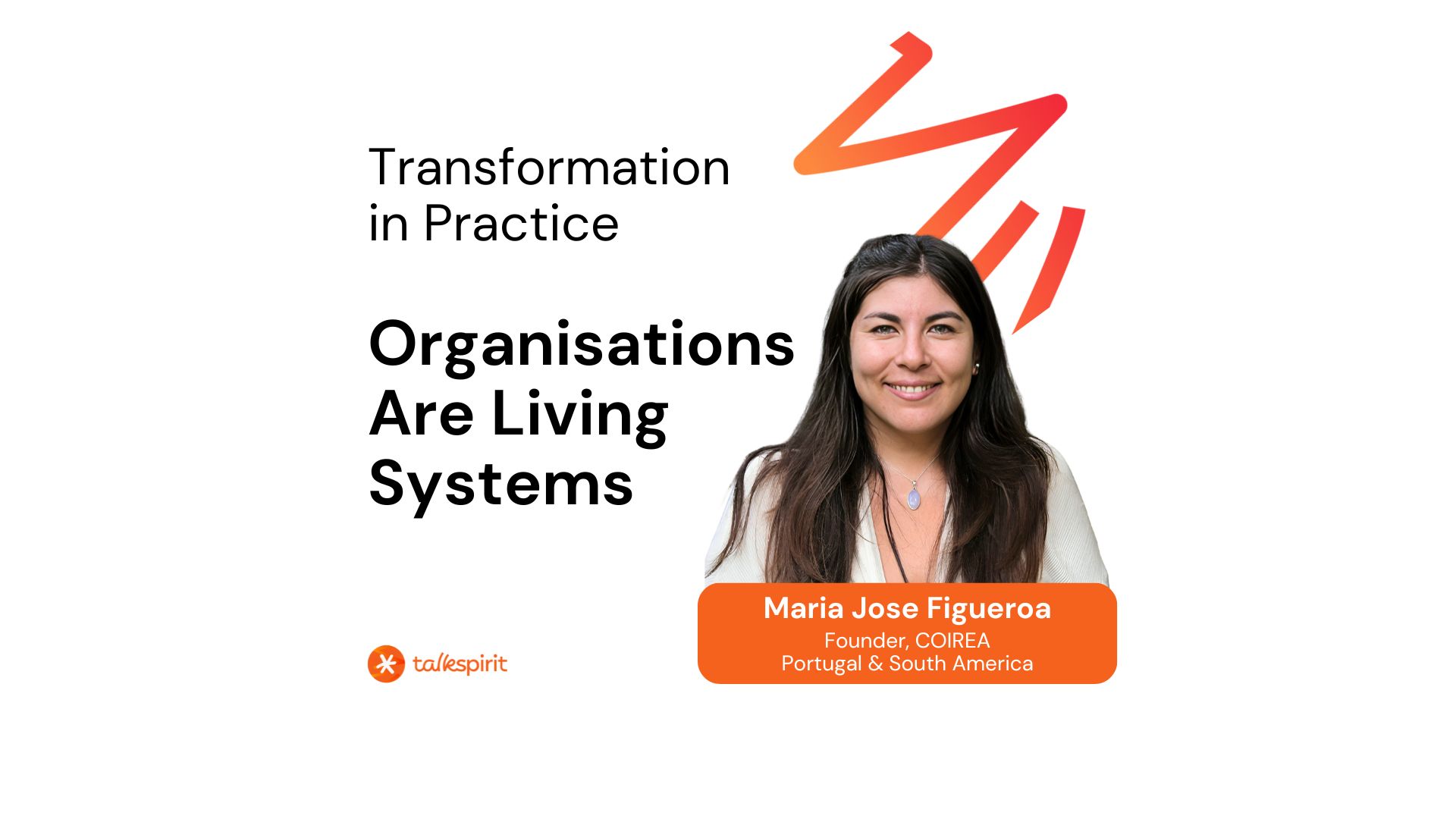



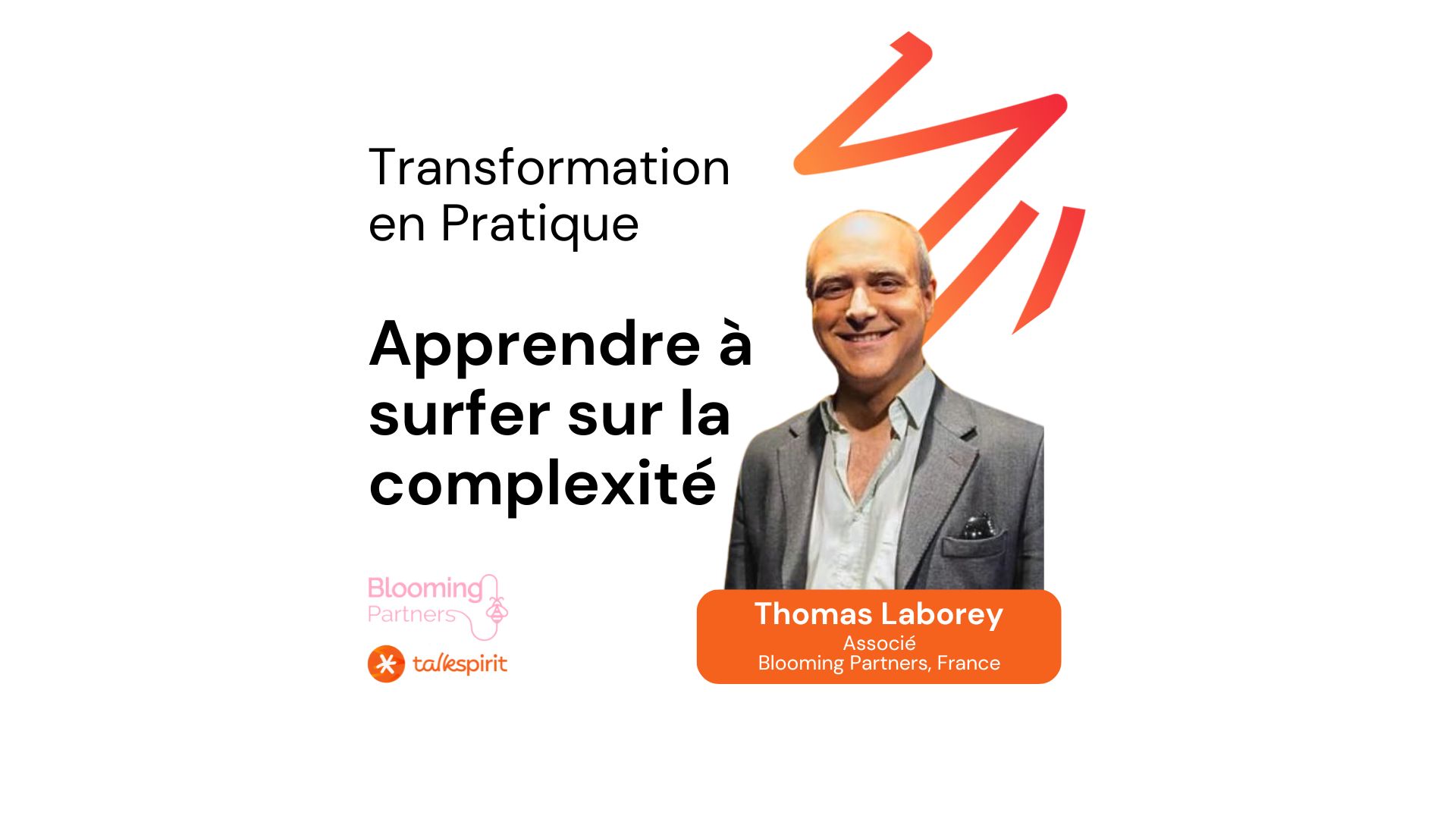

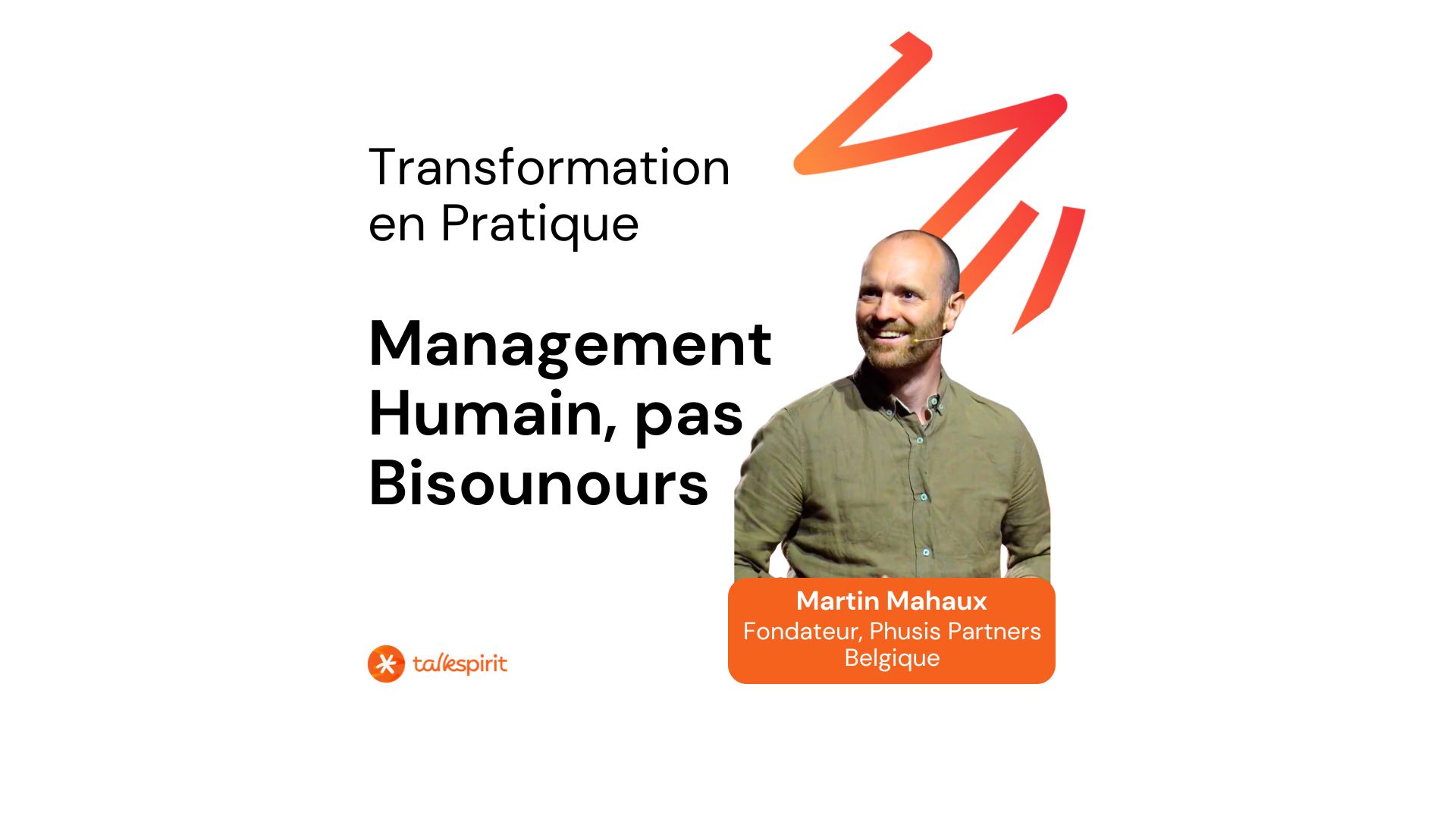


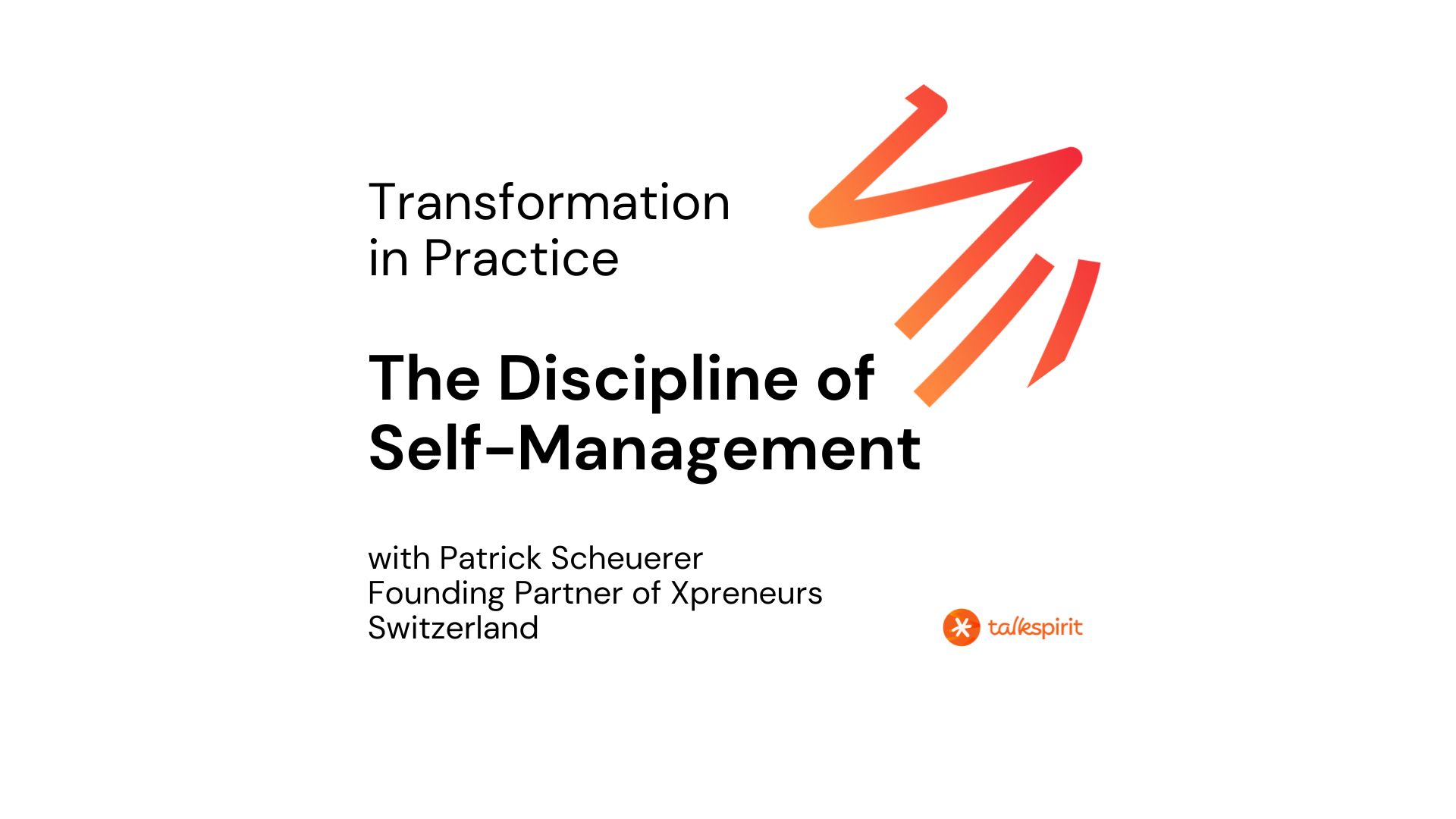



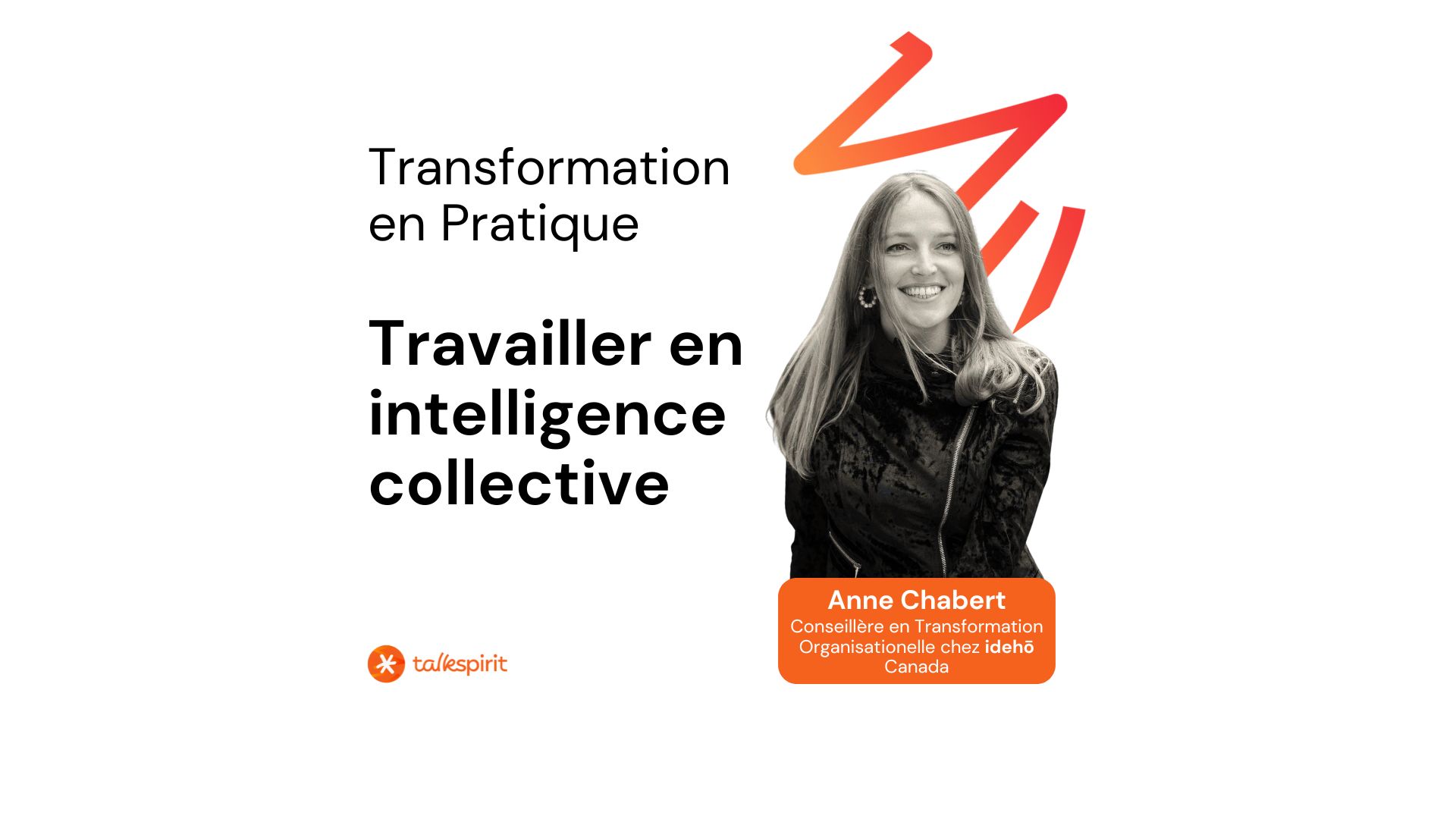

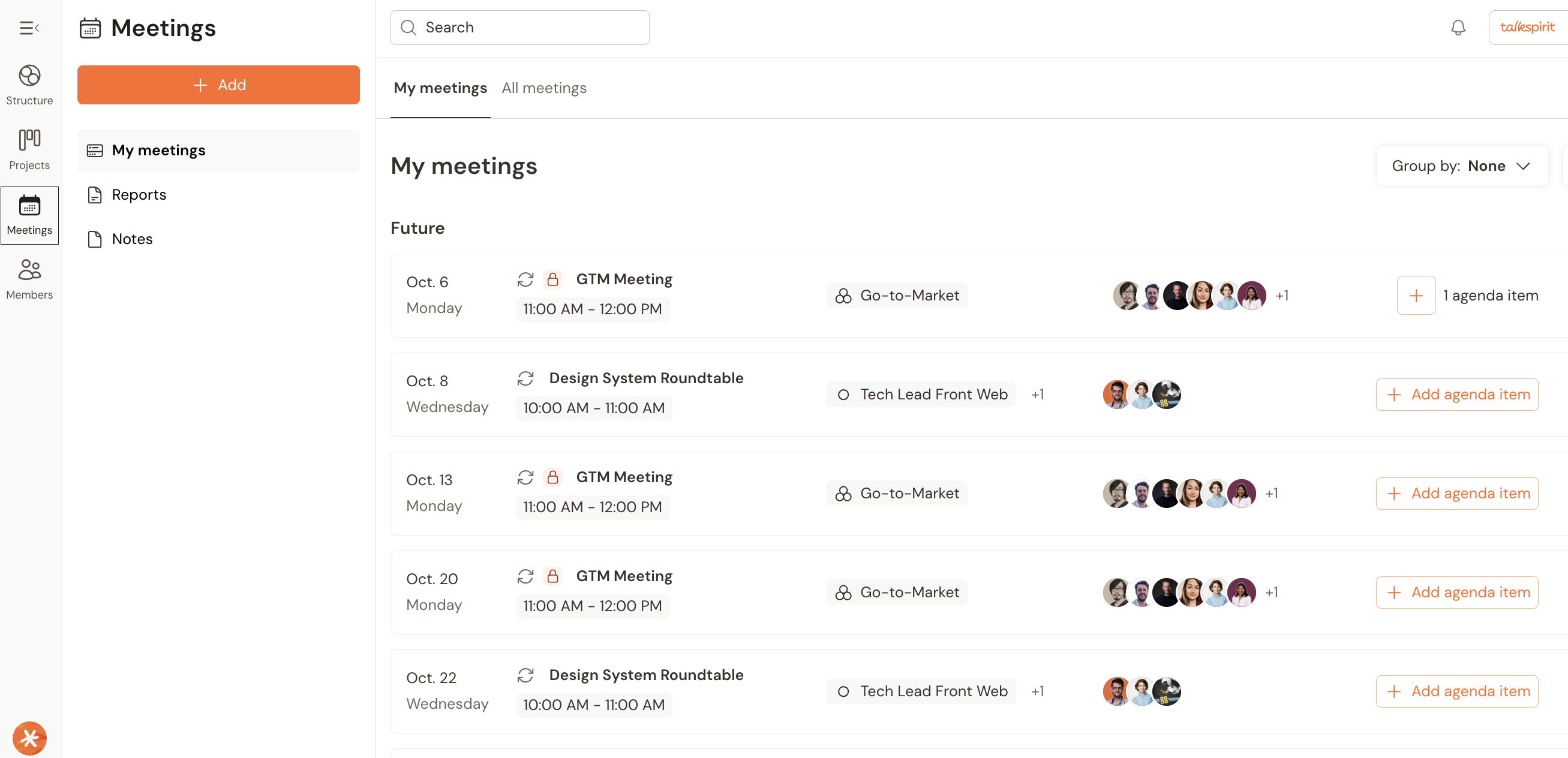



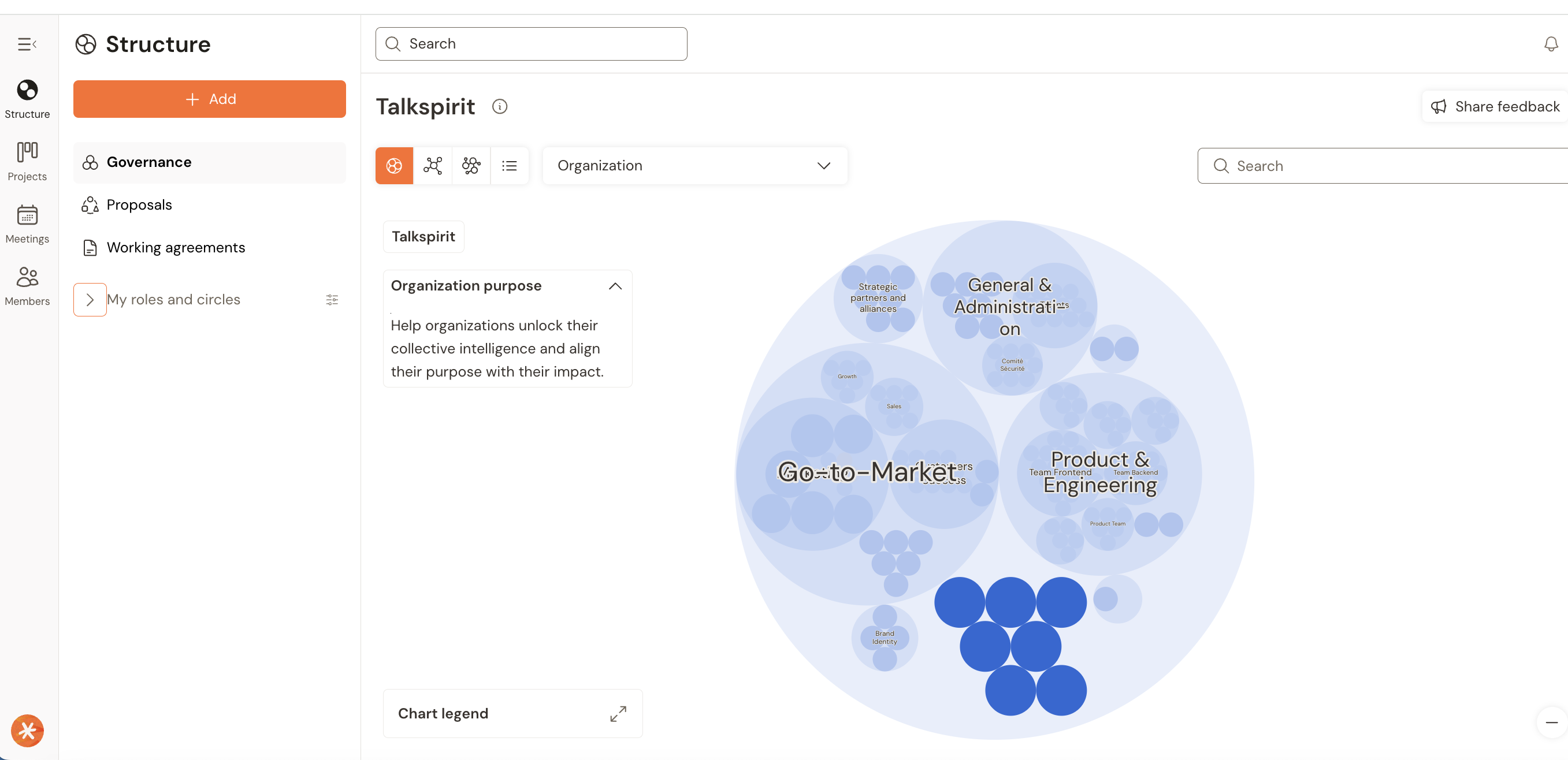


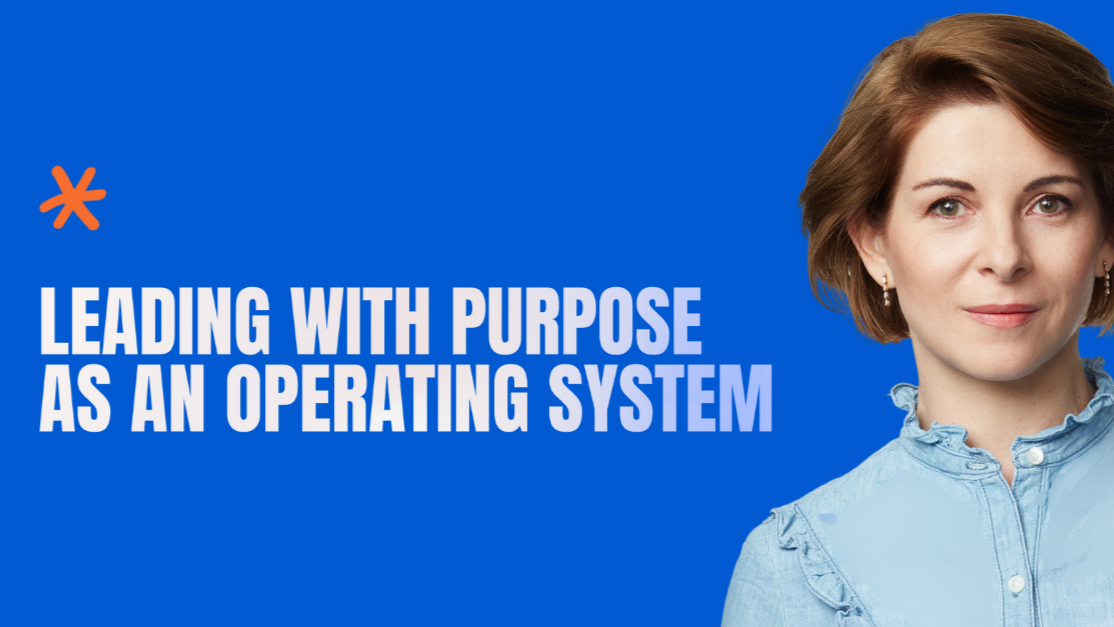







.jpg)





.jpg)
.jpg)







.jpg)
.jpg)


.jpg)

.jpg)


.jpg)











.jpg)




.jpg)



.jpg)

.jpg)



.jpg)








.jpg)




